14 Proven Methods To Calm Your Cat’s Aggressive Tendencies

Scratched arms and hissing fits aren’t just annoying – they signal your feline friend is stressed or scared. Aggressive cat behavior can transform your peaceful home into a battleground of flying fur and frayed nerves.
Understanding why your kitty lashes out is the first step toward restoring harmony, and these practical solutions can help turn your tiny tiger back into a purring companion.
1. Identify Aggression Triggers
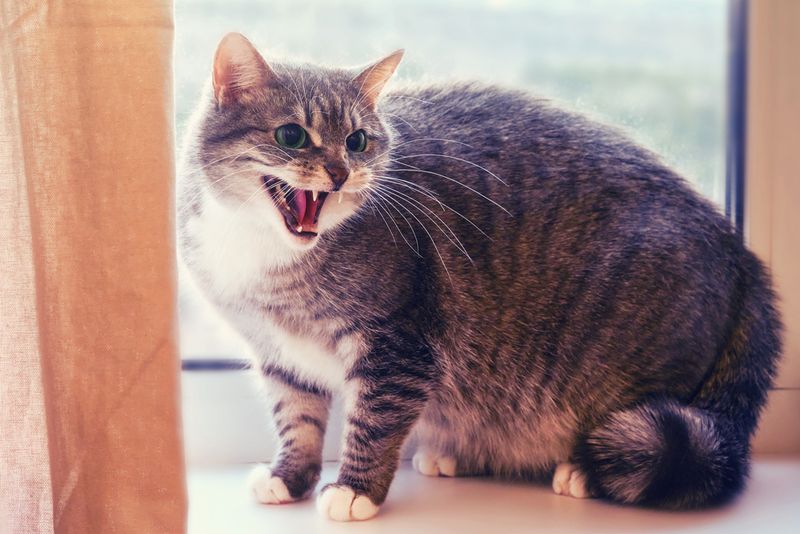
Playing detective with your cat’s behavior reveals patterns you might miss. Notice what happens right before the hissing or swatting begins.
Is it the vacuum cleaner noise? A certain visitor? Maybe the neighbor’s dog barking outside? Keeping a simple diary of aggressive episodes helps pinpoint exactly what sets your furry friend off.
2. Create Safe Spaces
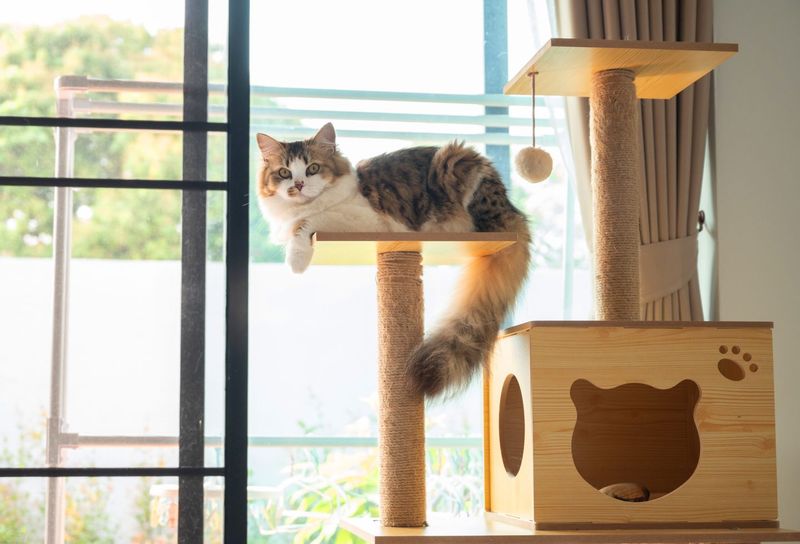
Cats need personal hideaways when feeling threatened. A cozy perch on a bookshelf or a cardboard box with a blanket works wonders for an overwhelmed kitty.
These retreats give your cat control over social interactions. When guests arrive, your formerly aggressive pet can choose to observe from a distance instead of feeling cornered into confrontation.
3. Scheduled Play Sessions
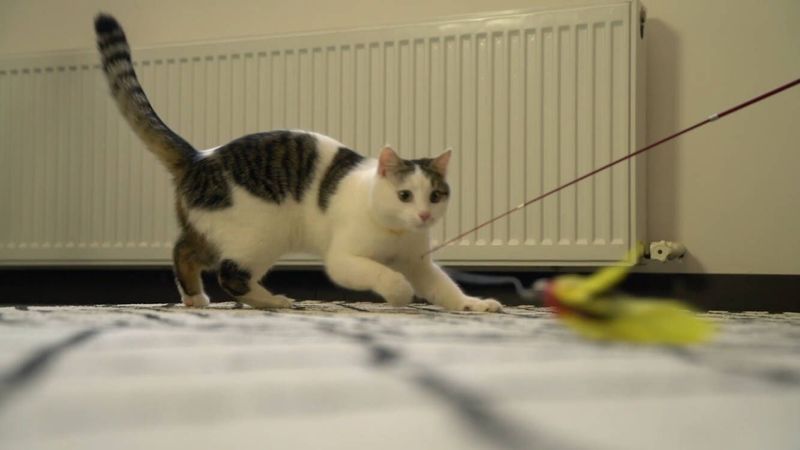
Feather wands and toy mice aren’t just fun – they’re emotional medicine for your cat. Daily play mimics natural hunting behaviors, burning excess energy that might otherwise become aggression.
Just 15 minutes twice daily can dramatically reduce attacking behaviors. Morning and evening sessions work best, matching your cat’s natural activity peaks when they’d normally be hunting in the wild.
4. Pheromone Diffusers

Science has bottled the secret calming chemicals mother cats naturally produce. Plug-in diffusers release synthetic versions of these soothing pheromones throughout your home.
Many cat owners notice significant mood improvements within days. The invisible vapor signals safety to your cat’s brain, reducing the biological fight-or-flight response that triggers aggression.
5. Proper Introduction Techniques
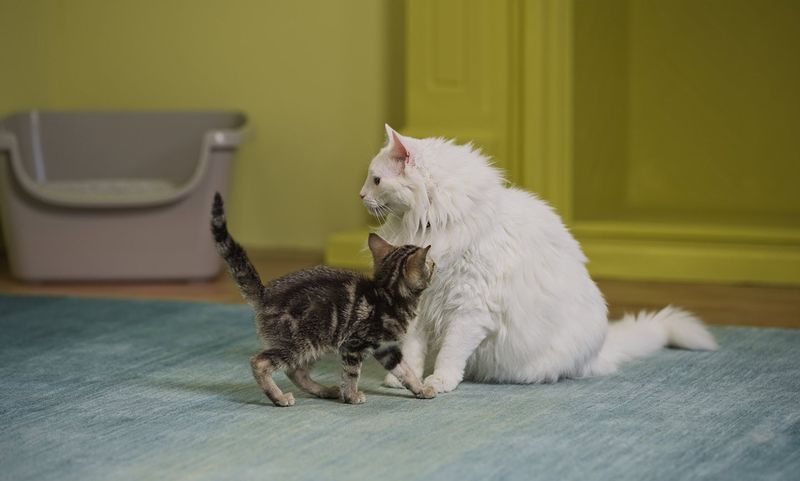
Rushing introductions between pets creates lasting hostility. The scent-before-sight method works by swapping bedding between animals before they meet face-to-face.
Follow with brief, supervised visits separated by a baby gate. This gradual approach prevents the territorial panic that leads to aggressive behavior, allowing animals to adjust at their own pace.
6. Environmental Enrichment
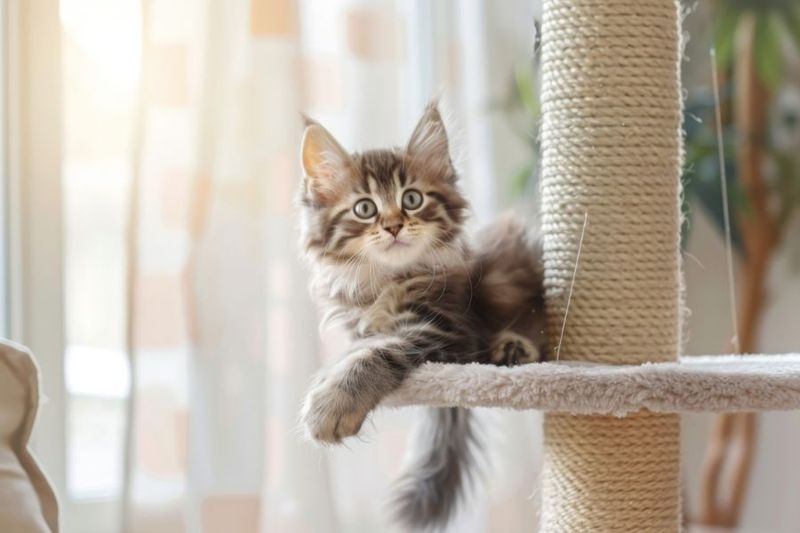
Boredom transforms even sweet cats into troublemakers. Climbing trees, window perches, and puzzle feeders create mental stimulation that prevents frustration-based aggression.
Rotating toys keeps things fresh and exciting. Even cardboard boxes or paper bags can become new territories to explore, giving your cat healthy outlets for natural behaviors instead of attacking your ankles.
7. Consistent Handling Techniques

Random grabbing makes cats defensive. Instead, approach from the side rather than looming over them, which feels predatory to your pet.
Let them sniff your hand first before touching. Short, positive handling sessions build trust gradually. Always respect warning signs like tail flicking or ear flattening by backing off immediately.
8. Reward Calm Behavior

Treats become powerful training tools when timed perfectly. When your cat remains relaxed during typically triggering situations, immediately offer their favorite snack.
This positive reinforcement creates new mental connections. Your cat learns that staying calm brings rewards, while aggression gets nothing. Consistency is key – always reward the behavior you want to see more often.
9. Herbal Calming Supplements

Natural remedies can take the edge off without medication side effects. Veterinary-formulated supplements containing chamomile, tryptophan, or valerian root help soothe nervous systems.
These gentle options work best for mild cases or as part of a comprehensive approach. Always check with your vet before starting any supplement, especially if your cat takes other medications.
10. Clicker Training Basics
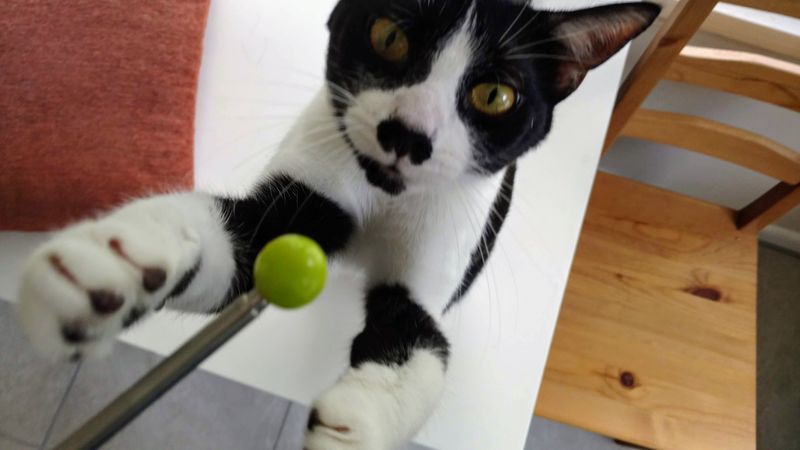
That little clicking sound becomes magic when paired with treats. Start by clicking then immediately rewarding with something delicious – your cat quickly connects the sound with good things.
Once established, use the clicker to mark moments of non-aggressive behavior. This precise communication helps your cat understand exactly which behaviors earn rewards, making training remarkably effective.
11. Respect Body Language Signals

Cats always warn before attacking if you know what to watch for. Dilated pupils, flattened ears, and twitching tails are your early warning system.
Learning these subtle cues helps prevent escalation. When you notice these signals, give your cat space immediately. Respecting their communication builds trust and prevents defensive aggression before it starts.
12. Appropriate Scratching Outlets
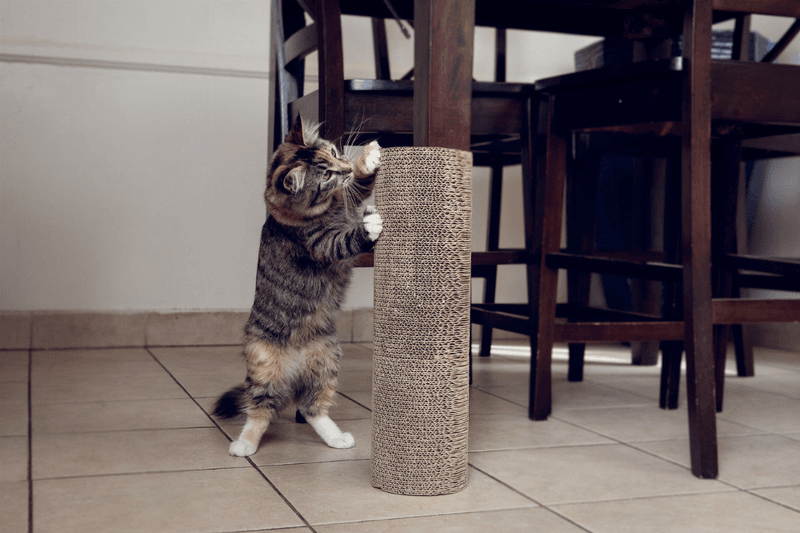
Scratching isn’t naughtiness – it’s a biological necessity for claw maintenance and territory marking. Providing tall, sturdy posts covered in different textures satisfies this instinct.
Place scratchers near furniture your cat currently targets. Sprinkle with catnip to increase appeal. When your cat uses them, the natural scratching urge gets fulfilled without redirected aggression toward people.
13. Veterinary Health Check

Pain transforms even the sweetest cats into grumpy attackers. Dental problems, arthritis, or urinary issues cause discomfort that manifests as aggression.
A thorough exam can uncover hidden medical causes. Blood work might reveal thyroid imbalances or other conditions affecting mood. Addressing the underlying health problem often resolves the aggressive behavior completely.
14. Professional Behavior Consultation

Some aggression cases require expert guidance. Certified animal behaviorists bring specialized knowledge beyond regular training approaches.
These professionals develop customized behavior modification plans based on your specific situation. While more expensive than DIY methods, their targeted strategies often solve problems faster and more effectively for severe cases.






